Keto Diet Guide: Everything You Need to Know to Get Started

What is the Keto Diet and How Can You Benefit from It?
The ketogenic diet also known as the keto diet is a low-carb high-fat diet that has been gaining popularity for its potential health benefits. By drastically reducing carbohydrate intake and replacing it with fat the body enters a metabolic state called ketosis where it efficiently burns fat for energy. This diet has been shown to help with weight loss and may even have benefits against diseases such as diabetes cancer epilepsy and alzheimers. If youre considering starting the keto diet its important to understand the basic rules including what foods are allowed and the potential benefits and drawbacks.
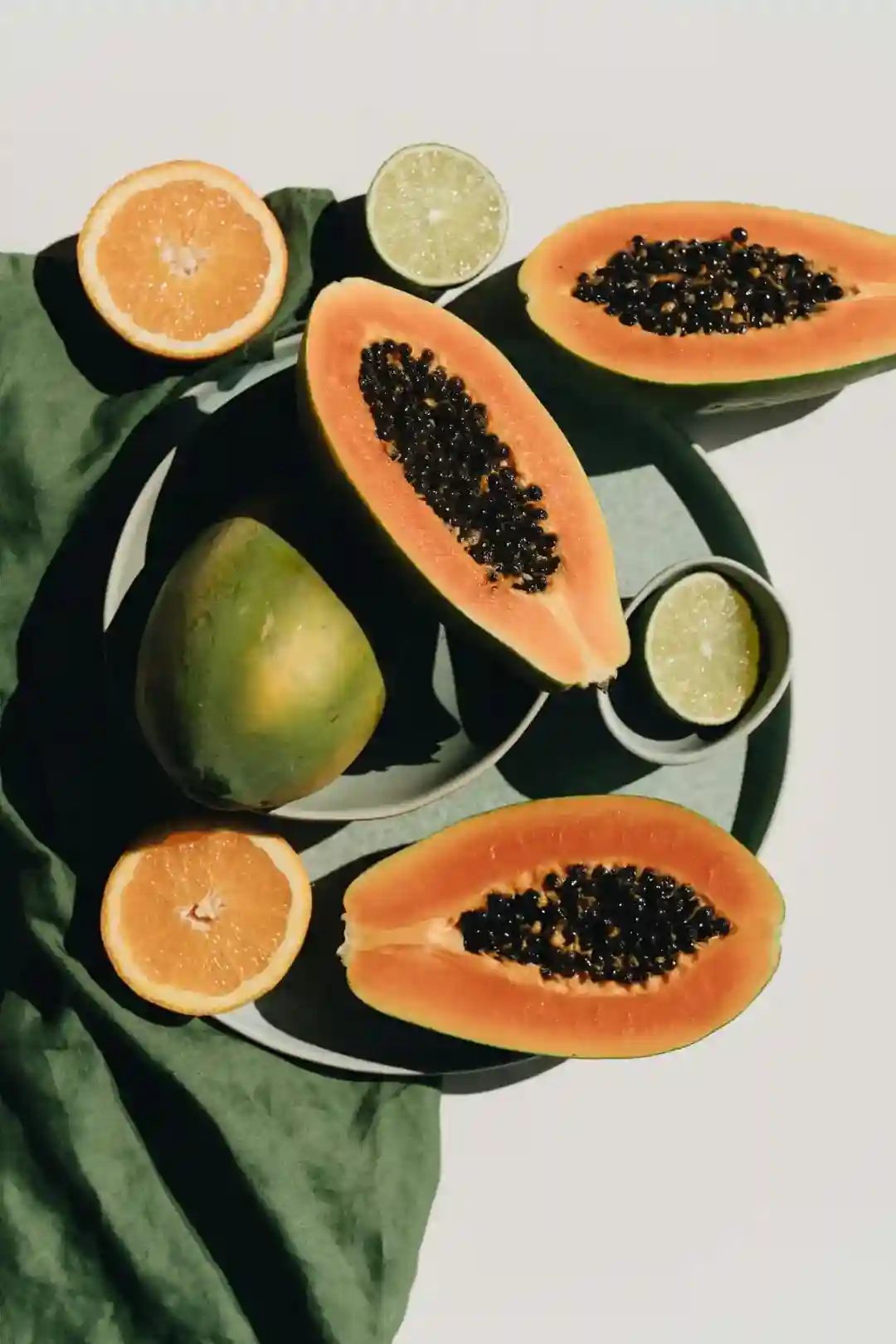
Understanding the Keto Diet: A Low Carb, High Fat Approach Explained.
On the ketogenic diet what you eat depends on the type of diet youre following. The standard ketogenic diet (skd) is a very low carb, moderate protein, and high fat diet, typically consisting of 70% fat, 20% protein, and only 10% carbs. There are other versions like the cyclical ketogenic diet ckd which involves periods of higher carb refeeds and the targeted ketogenic diet tkd which allows you to add carbohydrates around workouts. The high protein ketogenic diet is similar to the standard but includes more protein. However, only the standard and high protein diets have been studied extensively.

Understanding Ketosis: A Guide to the Keto Diet and Its Benefits
Ketosis is a metabolic state where your body uses fat for fuel instead of carbohydrates. It happens when you significantly reduce your carb intake limiting your bodys glucose supply. To enter ketosis, you can follow a ketogenic diet, which involves limiting carbs to 20-50 grams per day and focusing on fats like meat, fish, eggs, nuts, and healthy oils. Its also important to moderate your protein consumption to avoid slowing down the transition into ketosis. Practicing intermittent fasting can help you enter ketosis faster. Tests like blood urine and breath tests can determine if youve entered ketosis by measuring the ketones produced by your body. Certain symptoms like increased thirst dry mouth frequent urination and decreased hunger or appetite may also indicate ketosis.
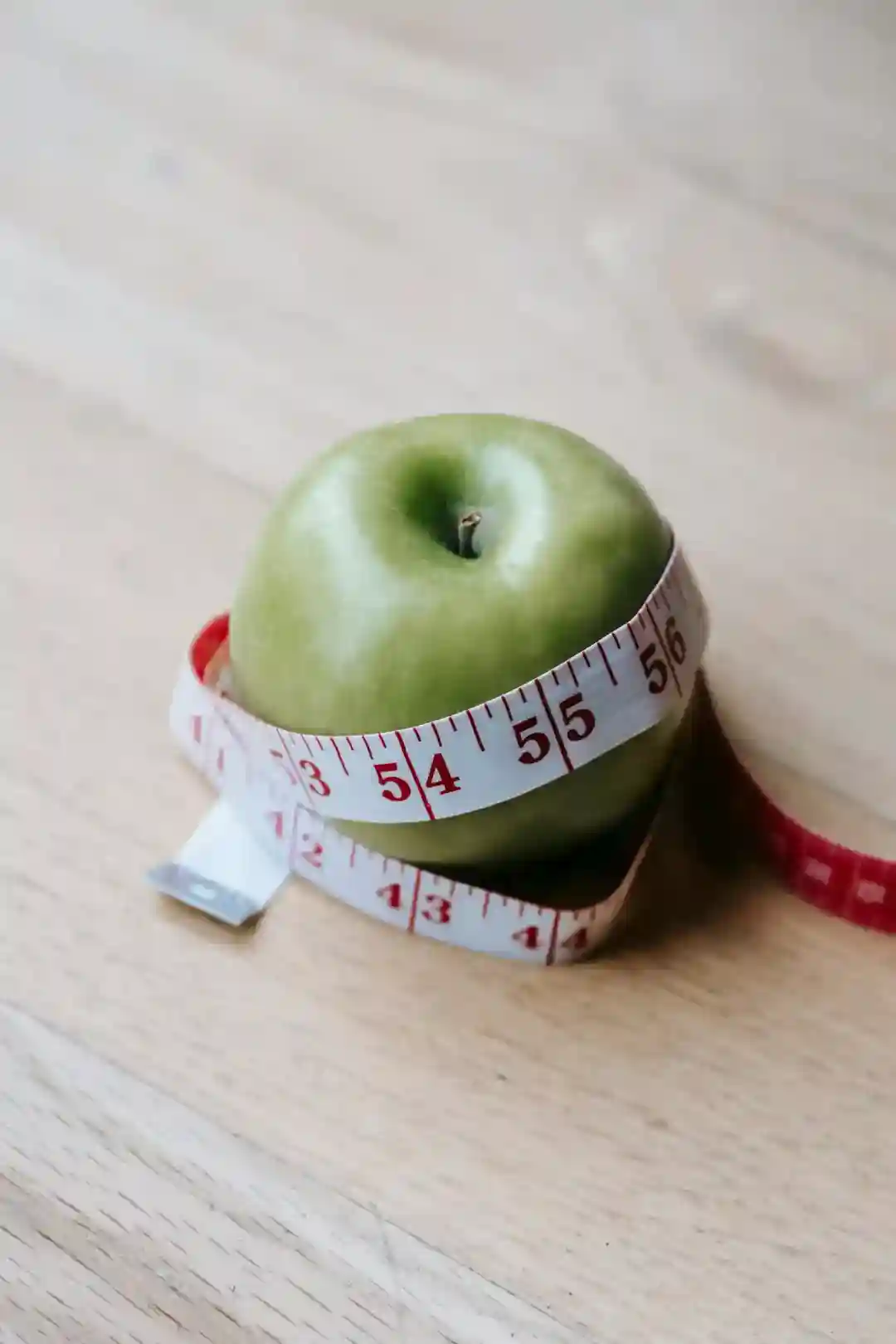
The Keto Diet: A Proven Effective Way to Lose Weight and Lower Disease Risk
The ketogenic diet has been proven to be an effective way to lose weight and lower risk factors for disease. Research shows that it may be as effective for weight loss as a low-fat diet. The diet is so filling that you can lose weight without counting calories or tracking your food intakes. One review of 13 studies found that following a very low carb ketogenic diet was slightly more effective for long-term weight loss than a low-fat diet. People who followed the keto diet lost an average of 2 pounds more than the group that followed a low-fat diet.

Understanding the Keto Diet: Benefits, Foods, and How It Can Help Various Health Conditions.
The ketogenic diet initially used to treat neurological diseases such as epilepsy has been found to have numerous benefits for various health conditions. As a treatment for heart disease it can improve risk factors such as body fat hdl cholesterol levels blood pressure and blood sugar. Additionally it is being investigated as a treatment for cancer potentially slowing tumor growth. The diet has also shown promise in reducing symptoms of alzheimers disease and parkinsons disease as well as helping with polycystic ovary syndrome and improving outcomes of traumatic brain injuries.

What Foods Can You Eat on a Keto Diet?
On a ketogenic diet its crucial to limit foods high in carbs. This includes sugary foods like soda, fruit juice, and candy, as well as grains or starches such as wheat-based products, rice, and pasta. Fruit, except for small portions of berries like strawberries, should also be reduced. Beans or legumes root vegetables and tubers like potatoes and sweet potatoes and low-fat or diet-friendly products are also off limits. Additionally, some condiments or sauces, unhealthy fats, and even most fruits should be avoided. In order to maintain a healthy and effective ketogenic diet its important to be mindful of these food groups.

What Foods Should You Focus on for a Balanced Keto Diet?
On the keto diet you should base most of your meals around certain foods. This includes meat like red meat, steak, ham, sausage, bacon, chicken, and turkey. Fatty fish such as salmon trout tuna and mackerel are also recommended. Eggs are a great source of protein especially pastured or omega-3 whole eggs. When it comes to dairy focus on butter and cream from grass-fed sources and opt for unprocessed cheeses like cheddar goat cream blue or mozzarella. Nuts and seeds like almonds, walnuts, flaxseeds, pumpkin seeds, and chia seeds are nutritious additions. Healthy oils like avocado oil and extra virgin olive oil are also beneficial. Avocados and low-carb veggies like green veggies tomatoes onions and peppers are great options. A few last condiments such as salt pepper herbs and spices can enhance your meals.

A Week of Balanced Meals: Exploring the Keto Diet Effectively
Heres a sample ketogenic diet meal plan for one week. It starts with mondays breakfast, featuring veggie and egg muffins with tomatoes, followed by a chicken salad with olive oil, feta cheese, olives, and a side salad for lunch. Dinner includes salmon with asparagus cooked in butter. The plan continues with diverse and balanced meals throughout the week, highlighting the importance of rotating vegetables and meat to ensure a wide range of nutrients. This meal plan is designed to help individuals follow the ketogenic diet effectively.

Healthy Keto Snacks for Staying Hydrated and Satisfied
When following a keto diet its crucial to stay hydrated and satisfied between meals. Here are some healthy keto-approved snacks you can enjoy fatty meat or fish cheese a handful of nuts or seeds keto sushi bites olives one or two hard-boiled or deviled eggs keto-friendly snack bars 90 dark chocolate full-fat greek yogurt mixed with nut butter and cocoa powder bell peppers and guacamole strawberries and plain cottage cheese celery. These snacks are not only delicious but also provide the necessary nutrients to keep you in ketosis.
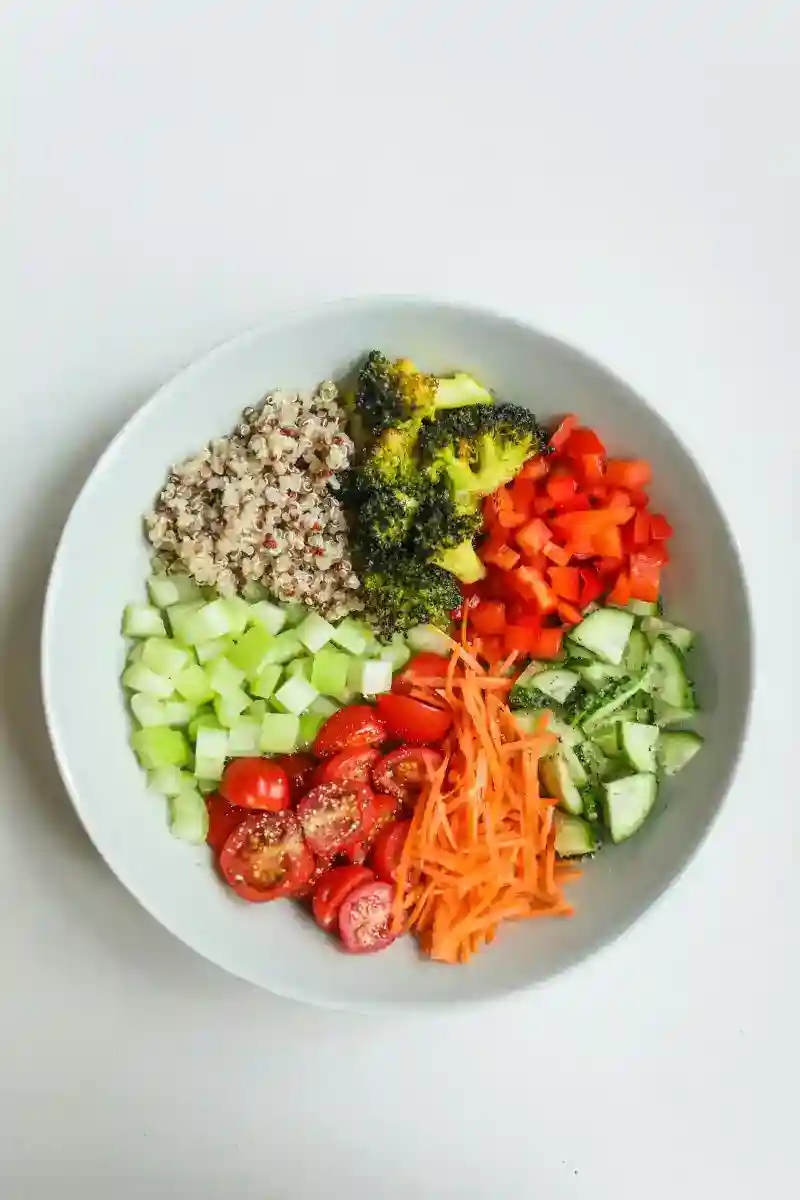
Starting Your Keto Diet Journey: Tips and Tricks for Success
Getting started on the ketogenic diet can be challenging but there are several tips and tricks to make it easier. Use food labels to check the grams of fat carbohydrates and fiber of your favorite foods. Planning out your meals in advance can also be beneficial and help you save time. There are many resources available, such as websites, food blogs, apps, and cookbooks, that offer keto-friendly recipes and meal ideas. Additionally some meal delivery services offer keto-friendly options for a quick and convenient way to enjoy keto meals at home. When youre short on time look for healthy frozen keto meals. Lastly when attending social gatherings or visiting family and friends consider bringing your own food to curb cravings and stick to your meal plan.

Eating Out on a Keto Diet: Easy Options and Twists
Its easier to eat out on a ketogenic diet than you think. Most restaurants offer meat or fish-based dishes that can be made keto-friendly by replacing high-carb foods with extra vegetables. Egg-based meals like omelets or eggs and bacon are also great options. Try bun-less burgers and swap fries for vegetables for a twist. Adding extra avocado cheese bacon or eggs can also make your meal more keto-friendly. Restaurants in mexico enjoy any type of meat with extra cheese guacamole salsa and sour cream. For dessert, ask for a mixed cheese board or berries with cream.

Understanding the Keto Diet: A Guide to Its Effects and How to Minimize Them
Although the ketogenic diet is usually safe for most healthy people there may be some initial side effects while your body adapts. Theres some anecdotal evidence of these effects often referred to as the keto flu. According to reports its usually over within a few days. Symptoms include diarrhea, constipation, and vomiting, along with less common symptoms like poor energy and mental function, increased hunger, sleep issues, nausea, digestive discomfort, and decreased exercise performance. To minimize these effects you can try a regular low-carb diet for the first few weeks or add extra salt to your meals or take mineral supplements. In addition its important to eat until youre full and to avoid restricting calories too much.
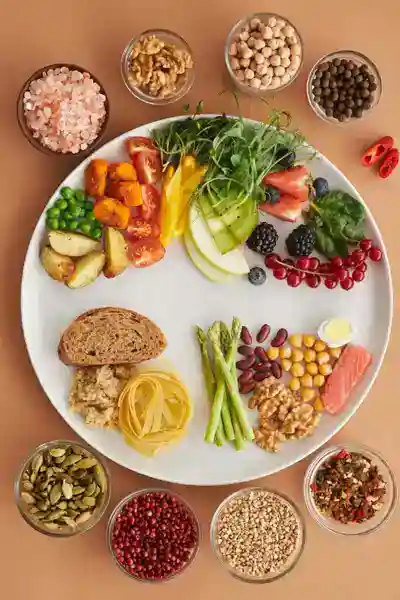
Understanding the Keto Diet: Benefits and Potential Negative Effects
While the keto diet has its benefits staying on it in the long term may have some negative effects. These include risks such as low protein in the blood extra fat in the liver kidney stones and micronutrient deficiencies. Additionally individuals taking sodium-glucose cotransporter 2 sglt2 inhibitors for type 2 diabetes should avoid the keto diet as it can increase the risk of diabetic ketoacidosis a dangerous condition that increases blood acidity. Its important to keep your doctor informed about your eating plan to guide your choices and ensure your health.
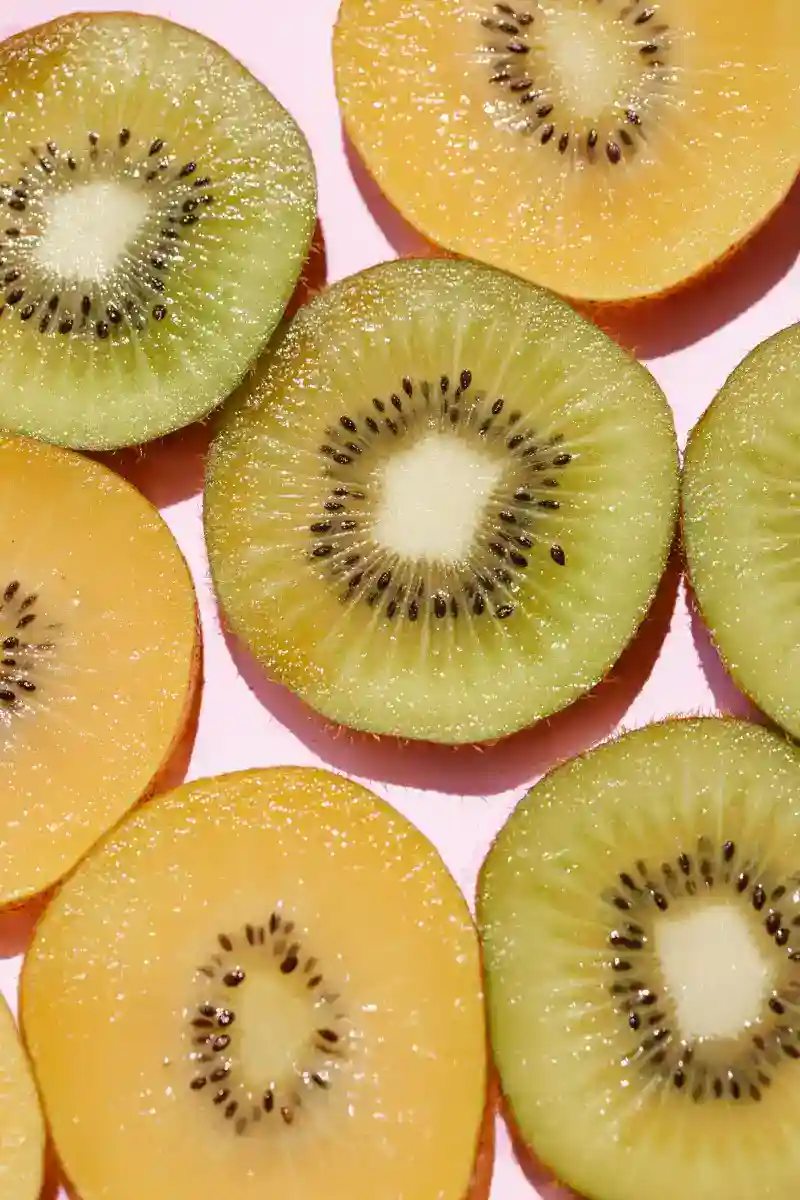
Unlocking the Benefits of a Keto Diet: Supplements for Enhanced Energy and Performance
In the course of a ketogenic diet you might not need supplements but some can be beneficial. Mct oil can provide energy and help increase ketone levels. Adding minerals, especially salt, is also important due to shifts in water and mineral balance. Caffeine can enhance energy, fat loss, and performance. Exogenous ketones may help increase your bodys ketone levels and creatine can provide benefits for health and performance especially if you combine the diet with exercise. The additional benefit of using whey protein can increase your daily protein intake.

Can I Ever Eat Carbs Again on the Keto Diet?
Here are answers to some of the most common questions about the ketogenic diet. Can i ever eat carbs again?. Yes but its important to significantly reduce your carb intake initially. It is possible to eat carbs on special occasions after the first 2 to 3 months and return to the diet immediately after.